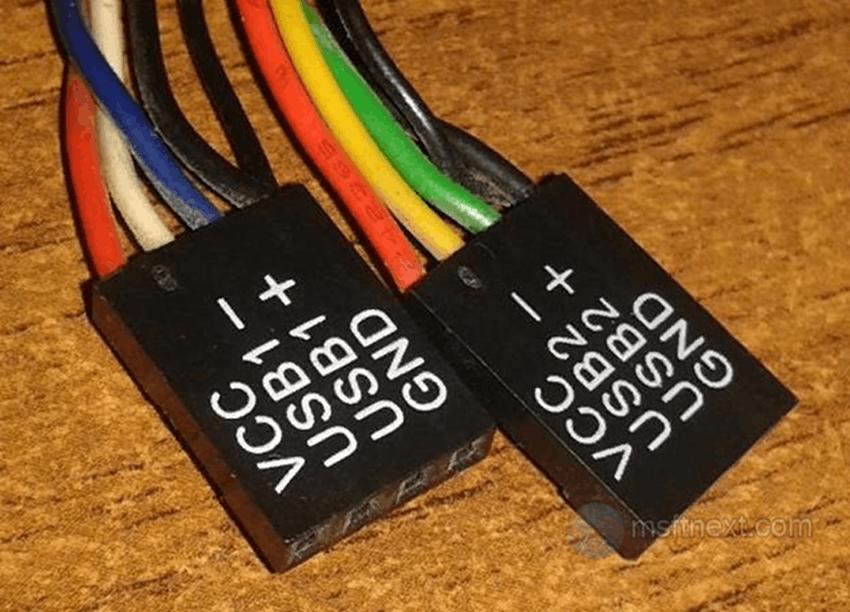If you’ve ever taken a close look at a motherboard and paid attention, you might have noticed that some plug-in connectors are labeled as GND, in addition to their specific purpose names. While this element is important, its purpose may not be clear to all users. It’s not surprising, as most users don’t typically have to assemble a PC by themselves.
What is the GND label means?
GND is an abbreviation for the word “ground“, that is, “earth”. It is a point to an electrical circuit from which voltages are measured, a common return path for electric current, or a direct physical connection to the Earth. Also, grounding can be denoted by the term “mass” or “minus”.
Grounding is used to protect a person from electrical injury in the event of an insulation failure and voltage output to equipment sections with which a person interacts.
GND on motherboard
Unlike a traditional ground, GND on the motherboard serves a slightly different purpose. On electronic boards, this is the part of the circuit that is not connected to any grounding device, this is the virtual “ground”.

It is intended not for voltage tapping, but for assessing the potential (calculating voltage and displacements) of all other sections of the electrical circuit. The GND point itself has zero potential.
Note: The zero potential point on the diagram can also be referred to as DGND and GNDD. The terms AGND or GNDA are used to refer to analog ground.
Another important purpose of GND on the motherboard is to identify “plus” and “minus” , that is, to prevent short circuits when connecting motherboard pins. As a rule, the GND wire on the connectors is black, but sometimes it can be of a white color.
So you have to tight the connectors strictly according to the diagram that comes to the specific model of the motherboard. Check carefully the polarity. In case of doubt it is better to check the GND point with a multimeter, since, unlike the connected connector, there may not be a designation on the motherboard itself. The multimeter reading for GND will always be 0.
